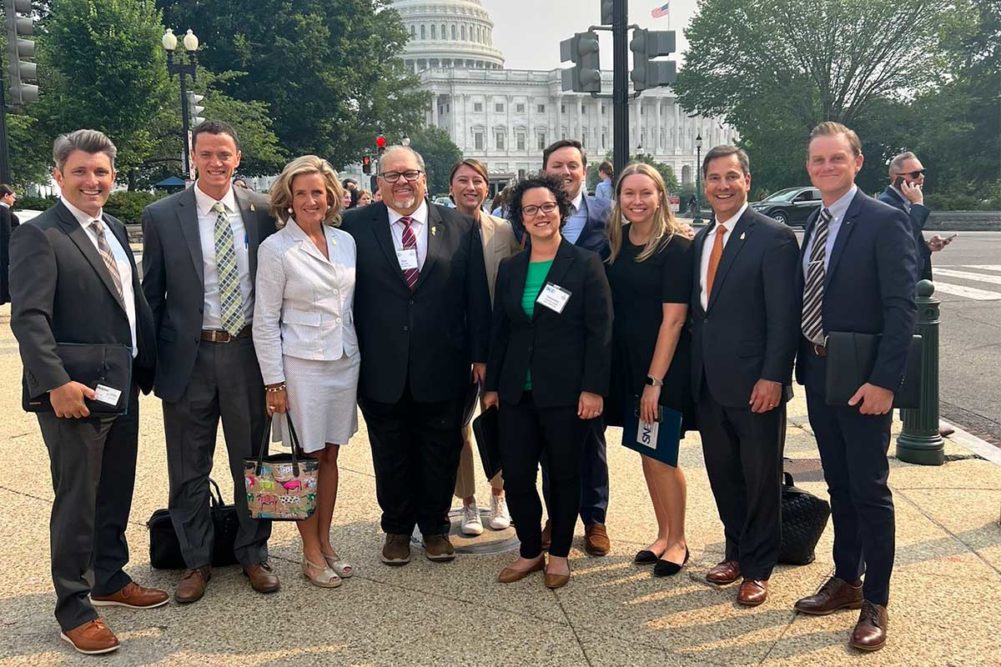WASHINGTON, DC — SNAC International hosted more than 40 members, both snack manufacturers and industry suppliers on Capitol Hill, June 6-7, to meet with members of both houses of Congress during the association’s Legislative Summit.
“SNAC members made a positive impact in more than 80 meetings on Capitol Hill representing an industry that employs almost 400,000 employees and generates more than $15 billion in wages and taxes,” said Christine Cochran, president and chief executive officer of SNAC International.
In addition to meetings with their own representatives, SNAC members also heard from Sen. Tina Smith from Minnesota and Sen. Debbie Stabenow from Michigan at events hosted by SNAC International. Sen. Smith serves on the Senate Agriculture, Nutrition and Forestry Committee, of which Sen. Stabenow is the chair. Additionally, SNAC hosted Rep. GT Thompson of Pennsylvania, who serves as the Chairman of the House Agriculture Committee. Through the Legislative Summit, SNAC International aims to foster connections between its members and their Congressional representatives.
“The Legislative Summit is a powerful moment when SNAC’s agenda is amplified and personalized by the voice of our members,” Ms. Cochran said.
That agenda is focused on four main points of advocacy this year: preserving SNAP choice, addressing sodium, workforce issues, and transportation and supply chain challenges. With the Farm Bill up for reauthorization in 2023, many of this year’s conversations revolved around maintaining the SNAP program and consumer choice within the program.
“SNAP is the cornerstone of the United States’ nutrition assistance safety net, and it really works with the states and the private sector to efficiently and equitably provide food to those in need using existing channels of commerce,” explained Colleen Farley, director of advocacy and governance for SNAC International. “We want to ensure that the strength and dignity of the SNAP program is preserved and that consumer choice is preserved so that participants in the program are able to choose the foods that they want when they enter the grocery store.”






